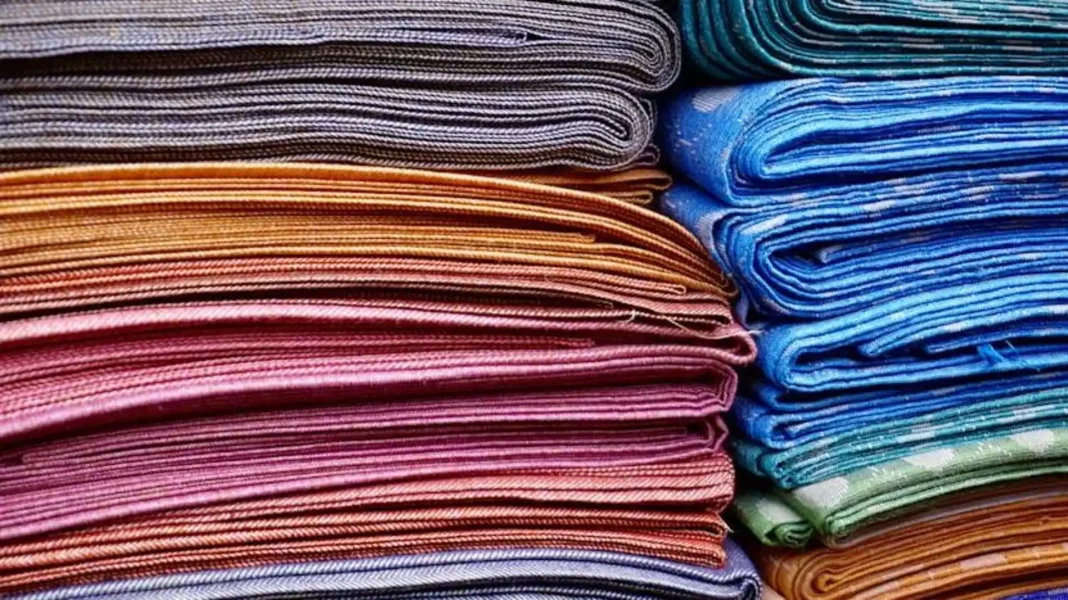Fast fashion has dominated the textile industry for decades, but a quiet revolution is taking place—designers and artisans are turning to ancient, nearly forgotten textiles to create sustainable, unique garments. From the luxurious softness of Qiviut wool, made from the undercoat of Alaskan musk oxen, to the glossy, water-resistant properties of banana silk, these heritage fabrics offer unparalleled quality and sustainability.
Lotus fiber, an incredibly rare and labor-intensive textile, has been used in Southeast Asia for centuries to create lightweight, breathable fabrics. Today, brands like Samatoa Lotus Textiles are reintroducing this eco-friendly alternative, bringing artisanal craftsmanship back to the forefront. Similarly, fabrics made from algae, milk protein, and even pineapple leaves are gaining traction as sustainable fashion alternatives, challenging synthetic fibers’ dominance in the industry.
Beyond sustainability, the revival of these textiles is also a cultural movement. Many traditional fabrics, such as Khadi from India, Barkcloth from Uganda, and Kente from Ghana, have deep historical significance. By bringing these materials back into modern fashion, designers are not only preserving heritage but also giving local artisans new opportunities for economic empowerment.
Another exciting development is the intersection of ancient textiles and modern technology. Some brands are experimenting with bio-engineered fabrics, infusing traditional materials with cutting-edge innovations like microbial dyeing or water-resistant nanocoatings. This fusion of old and new ensures that heritage fabrics remain relevant and adaptable in a rapidly changing fashion landscape.
Could these forgotten textiles become the future of luxury fashion? If brands continue to invest in reviving them, the answer seems to be a resounding yes. As consumers become more conscious about the origins of their clothing, the demand for textiles with a rich history and sustainable footprint is only set to grow.

